An abundance of natural wildlife is something that stands out about the Hocking Hills area of Ohio. The Hocking region is characterized by massive sandstone outcroppings, deep cool gorges, towering hemlocks, and glowing waterfalls. In addition to the natural beauty of the landscape and foliage in this part of the Appalachian basin, a variety of birds, fish, and animals make the region their home.
The Wildlife of Hocking Hills
Mammals
When most of us think of the array of animals on the North American continent, we’re thinking of the furry mammals that have become iconic. Hocking Hills is home to white-tailed deer, wild turkeys, barn owls, ruffed grouse and even an occasional bobcat and black bear. While bear sightings are uncommon, there have been a few sightings on the trails so stay alert! Hunters come from all over the continent to hunt the large populations of white-tailed deer. They’re so common that they can be seen along almost all of the roads, particularly in the evening, and enjoy automated feeders at many of the cabins and private residences. Recently coyotes have become an overpopulated predator of livestock and pets, so there is an open season on coyote hunting year round.
Birds
For the city dweller, the sounds of chirping birds in the early morning is one of the most delightful aspects of a trip to Hocking Hills. The forests of Hocking Hills are teeming with native birds of all sorts. Year-round irruptive species of birds include Evening Grosbeaks, crossbills, and Pine Siskins. In the Spring and Summer you’ll also see and hear the Hermit Thrush, Blue-headed Vireo, Red-breasted Nuthatch, Brown Creeper, a variety of Warblers. The hills are known for the red Cardinal, Ohio’s state bird, as well as Woodpeckers and Barn Owls. We have had a pair of swans nest at Lake Logan, where herons are also common. Buzzards can be seen circling overhead looking for carrion and hawks are often spotted. We’ve recently had sightings of a bald eagle nesting in the area near Lake Logan as well!
Fish
The Hocking River has an ample population of freshwater fish. The mid and upper portions of the Hocking River have an impressive amount of smallmouth bass as well as other typical Midwest species like channel catfish, white crappie, quillback, sauger, and more. Lake Logan is kept well stocked by the ODNR with bluegill, crappie, bass, muskie, catfish, northern pike and saugeye, all of which can be fished from the banks or a rented pontoon boat at Lake Logan Marina. Down’s Bait Store will of course have fishing gear, live bait, and fishing licenses for those interested in fishing in Hocking.
Plants
The lush undergrowth of this area contains a profusion of ferns, shrubs and wildflowers including roundleaf catchfly, lady’s slipper orchids, devils walking stick, and sullivantia which are some of the state’s rarest and most unusual plants. A wide variety of lichens and mosses cling to the rock faces for that beautiful earthy enchantment deep in the woods. Watch out for the itchy poison plants like Poison Ivy, Poison Oak, and Sumac. The trees in the Hocking Hills area are a mixed variety of deciduous growth that blooms each spring and dies away in the winter, with the exception of the evergreen pines. Hemlock, beech, black birch, red and sugar maples, yellow poplar, white ash, red oak, basswood and hickories grow in cool gorges, moist coves and on slopes throughout the region.
Insects
No discussion of Hocking Hills Wildlife would be complete with addressing the bane of every camper’s existence : insects. Mosquitoes and ticks are of most concern to hikers and campers who don’t want to be bitten. There are some great insect repellants that keep these pests at bay, however, so be sure to stock your backpack. You’ll see honey bees among the flowers, with the occasional wasp or hornet nest. The beautiful bugs include the yellow spotted butterflies and the summer season of fireflies in late June.
Finding and Seeing Hocking Hills Wildlife
Taking in the beauty of the wildlife in Hocking Hills is a must for any camping or hiking trip. You’ll certainly see some of these creatures along the trails and river banks if you keep your eyes peeled. Deer are usually spotted at dusk in fields along the roadsides of SR 93 or SR 664.
Hunting and Fishing trips can be arranged with seasoned local guides who know where to find and track different species. Hunting and fishing are permitted within Hocking State Forest as regulated by the Division of Wildlife. Shooting is prohibited within 400 feet of any building, facility, recreation area or within any designated nature preserve. Shooting from or across any road or driveway, and discharge of any firearm, except during lawful hunting, are also not permitted. If you’re going to set out on a hunt or go fishing in Hocking, make sure to get the proper license.
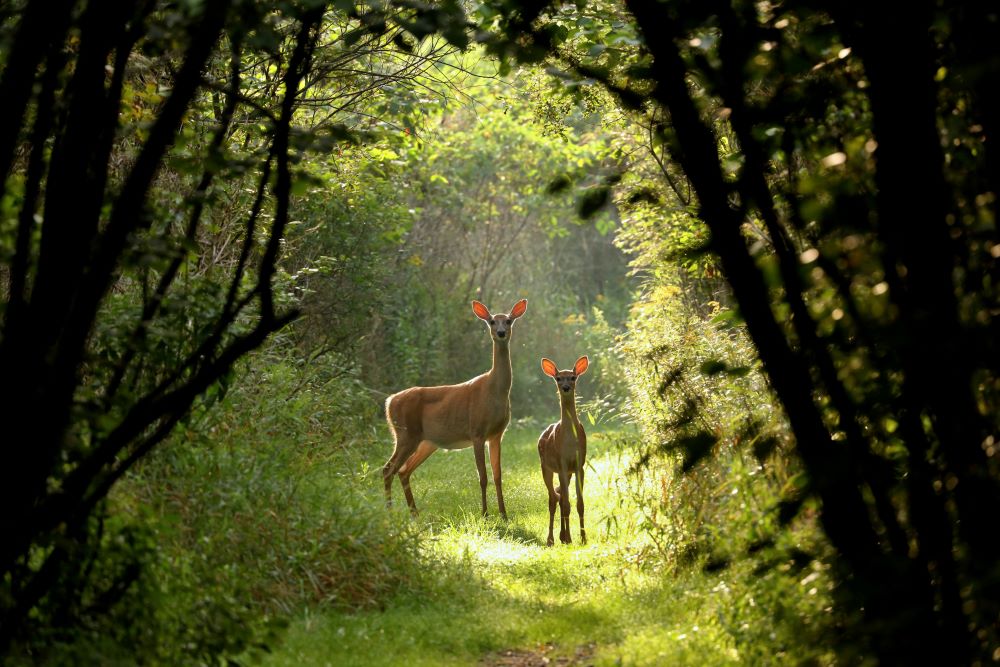
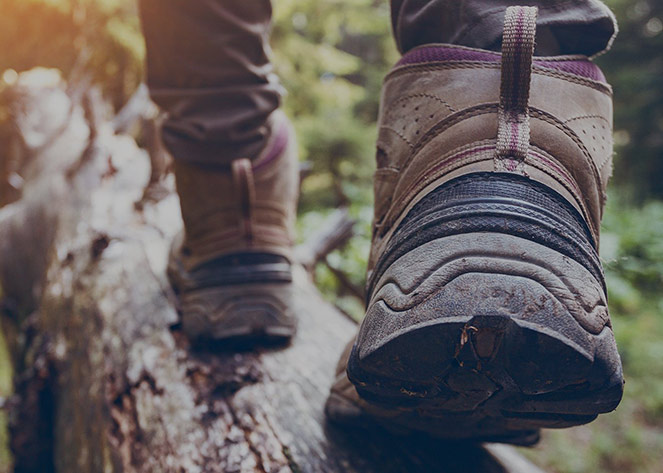

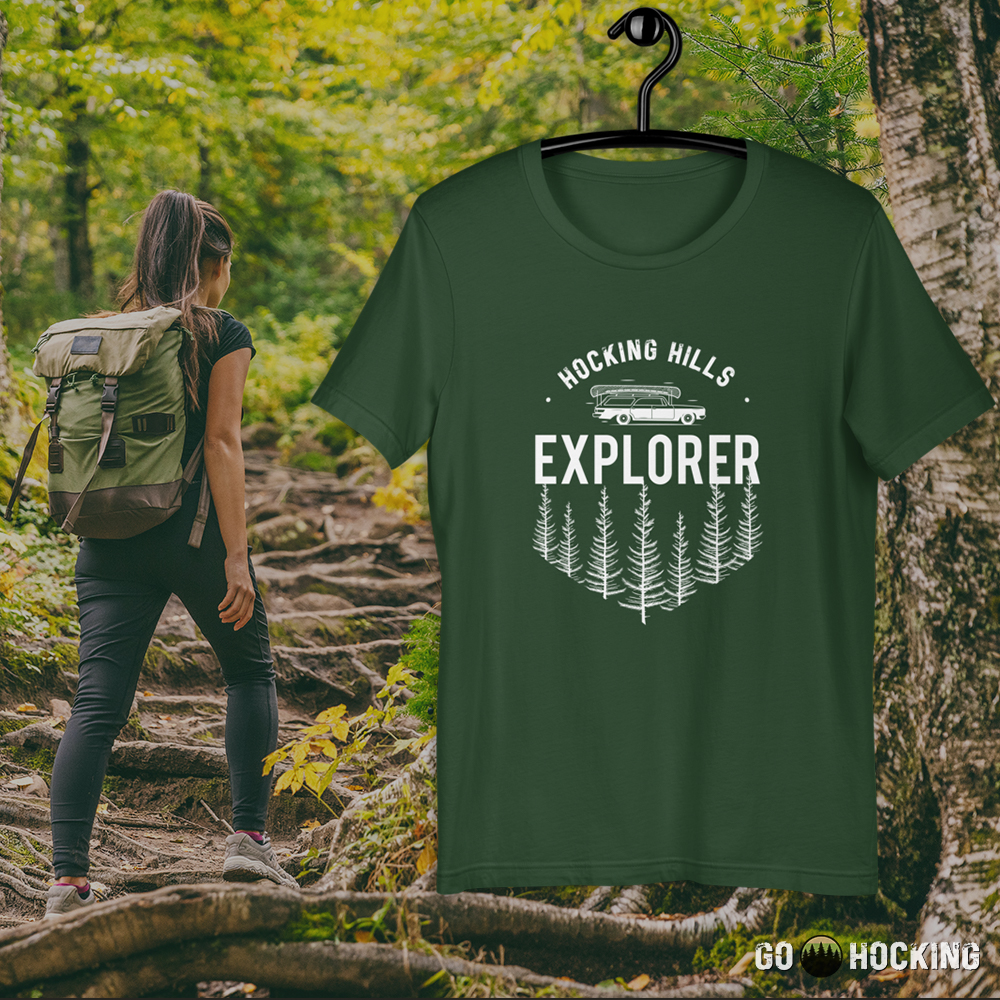

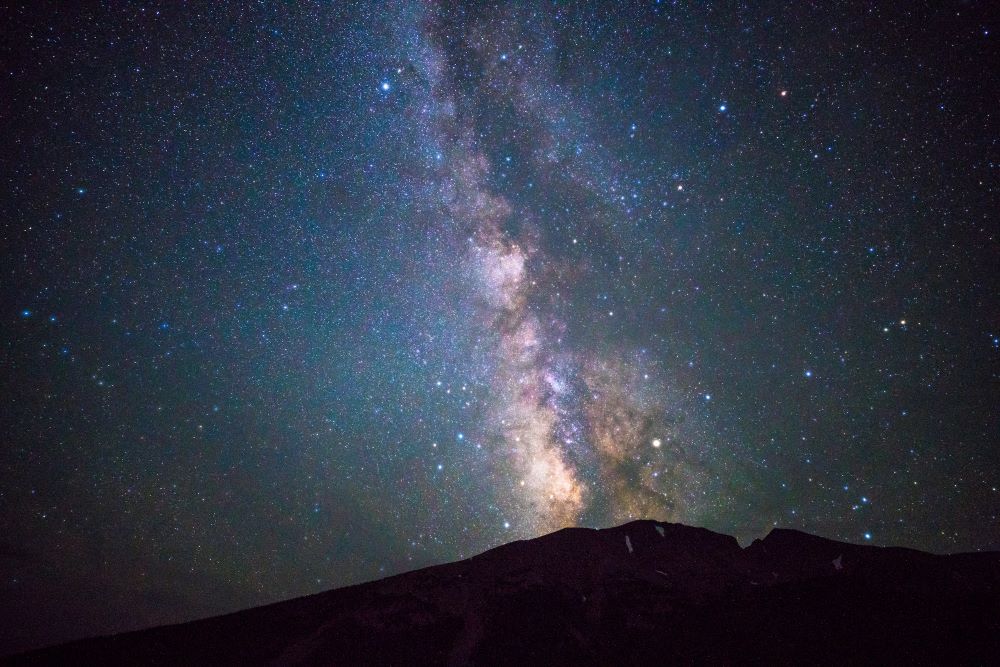
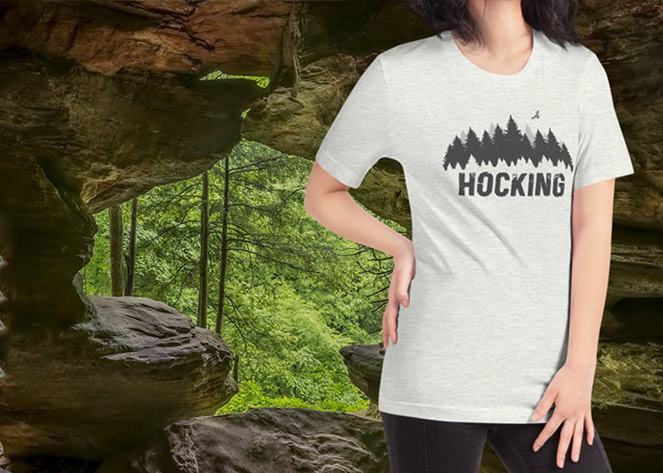
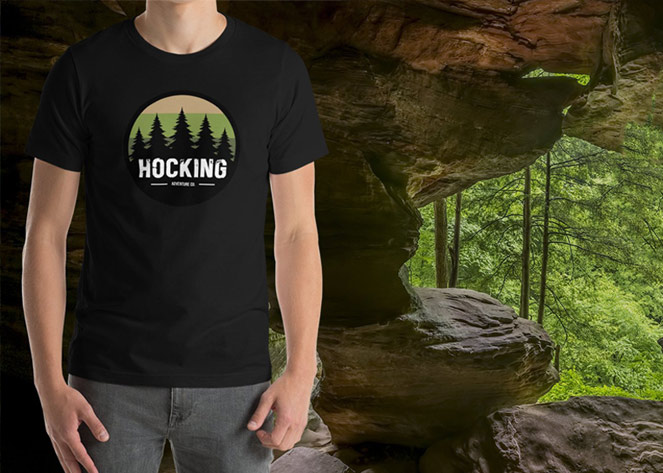
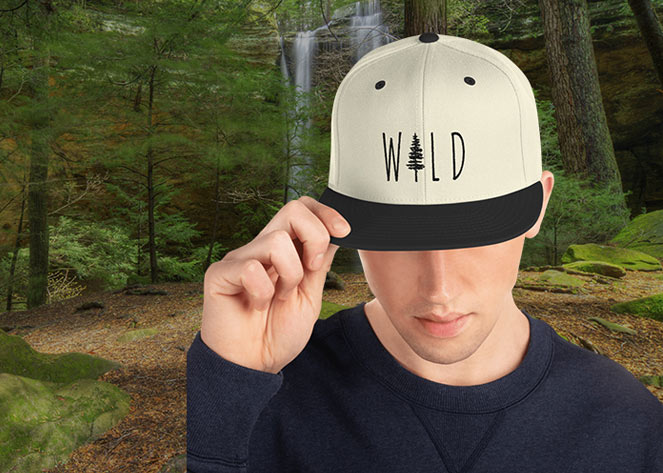
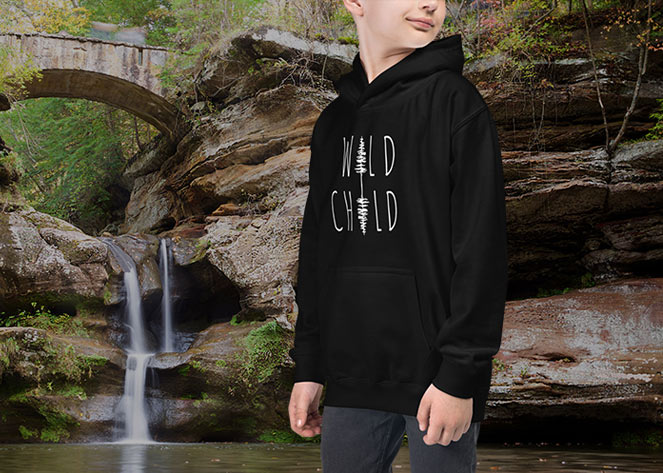
Share This Page